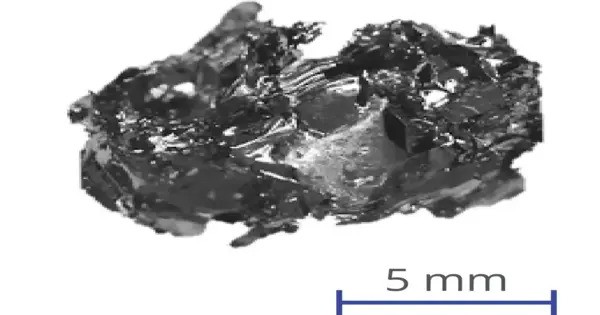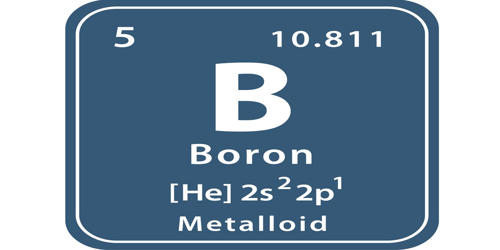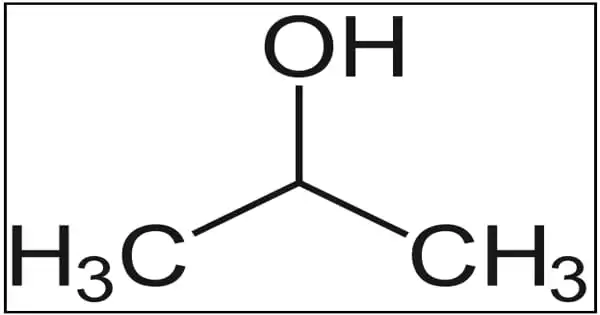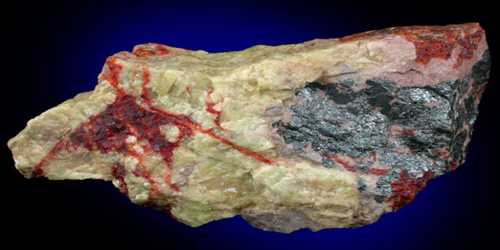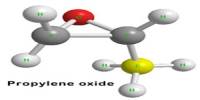Rhenium diselenide is an inorganic compound with the formula ReSe2. It crystallizes in a distorted 1T structure with triclinic symmetry, making it different from more symmetric TMDs like MoS₂. It has a layered structure where atoms are strongly bonded within each layer. The layers are held together by weak Van der Waals bonds, and can be easily peeled off from the bulk material. Each rhenium atom is coordinated by six selenium atoms in a distorted octahedral arrangement, resulting in in-plane anisotropy of its physical properties.
ReSe₂ is a narrow-bandgap semiconductor, with a bandgap around 1.2 eV in bulk and slightly larger in monolayer form. Unlike many TMDs that transition from indirect to direct bandgap at monolayer thickness, ReSe₂ maintains an indirect bandgap regardless of thickness. Its strong in-plane anisotropy gives rise to direction-dependent optical, electronic, and vibrational properties, making it highly interesting for polarized light detection and optoelectronics.
Synthesis
Rhenium diselenide with a thickness as small as a triple-atomic layer can be produced by chemical vapor deposition at ambient pressure. A mixture of Ar and hydrogen gases is flown through a tube whose ends are kept at different temperatures. The substrate and ReO3 powder are placed at the hot end which is heated to 750 °C, and selenium powder is located at the cold end which is kept at 250 °C.
2 ReO3 + 7 Se → 2 ReSe2 + 3 SeO2
Properties
As most other dichalcogenides of transition metals, rhenium diselenide has a layered structure where atoms are strongly bonded within each layer and the layers are held together by weak Van der Waals bonds. However, while most other layered dichalcogenides have a high (hexagonal) symmetry, ReSe2 has a very low triclinic symmetry, and this symmetry does not change from the bulk to monolayers.
- Chemical formula: ReSe2
- Molar mass: 344.13 g/mol
- Odor: odorless
- Density: 9.22 g/cm3
- Solubility in water: insoluble
- Band gap: ~1.2 eV (300 K), indirect
This compound exhibits strong light–matter interaction, stability under ambient conditions, and high carrier mobility in certain directions. ReSe₂ has been studied for applications in photodetectors, field-effect transistors, and flexible electronics. Additionally, its layered structure allows mechanical exfoliation into few-layer nanosheets, useful in nanotechnology.
Occurrences
- Rhenium diselenide does not occur naturally in significant amounts; it is generally synthesized in laboratories.
- Preparation methods include chemical vapor transport (CVT), chemical vapor deposition (CVD), and mechanical exfoliation from bulk crystals.
- It is investigated for applications in optoelectronics, field-effect transistors, photovoltaics, and photodetectors, especially where anisotropic properties are advantageous.
- Research is ongoing into its role as a 2D material alongside MoS₂, WS₂, and other transition metal dichalcogenides (TMDs).
